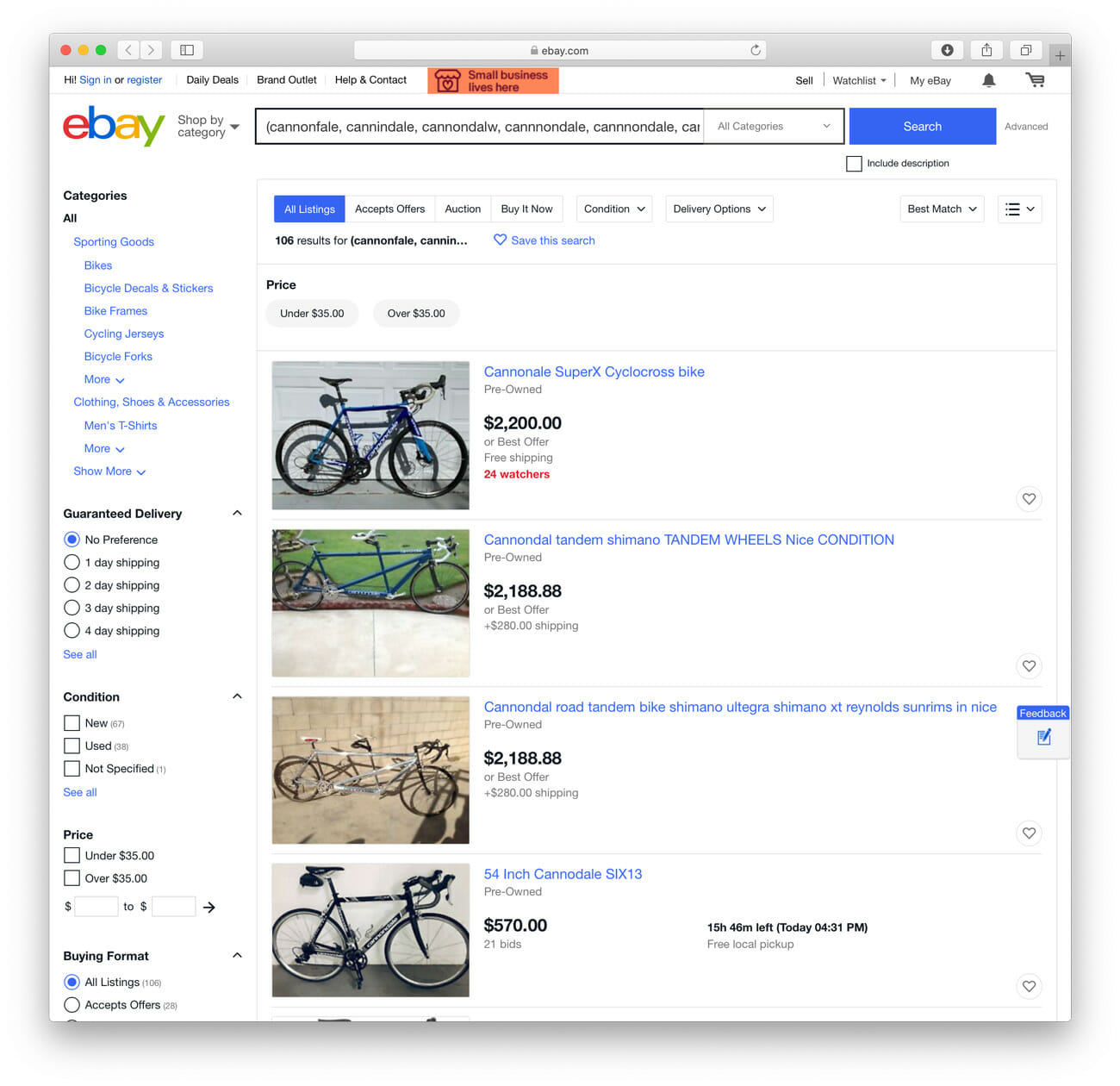Nearly all fishing nets sink. Is that stating the obvious? Sure — how else would fishermen get them into ocean depths — but that simple fact has massive implications.
When nets become old and unusable, fishermen are left with limited options to dispose of them and often resort to throwing them overboard. And in the case of aquaculture — open ocean fish farming — they’re left to slowly degrade in the sea, where they might eventually be ripped free by a storm and sink to the bottom. And collecting them isn’t easy either. Most marine recycling organizations invest in expensive and labor-intensive cleanups, but Bureo, a small company based in both the US and Chile, tackles the problem differently.
At the company’s inception, founder David Stover and two friends, Kevin Ahearn and Ben Kneppers, were turned off by the amount of trash they encountered surfing. The trio started to research ocean waste and quickly learned about the issue with fishing nets. Funded initially by personal savings and a Kickstarter campaign that earned just shy of $65,000, their company, Bureo, launched with a wave of media attention and even received investment dollars from Patagonia. But even then, the trio’s original goal was to make skateboards from the recycled net nylon.
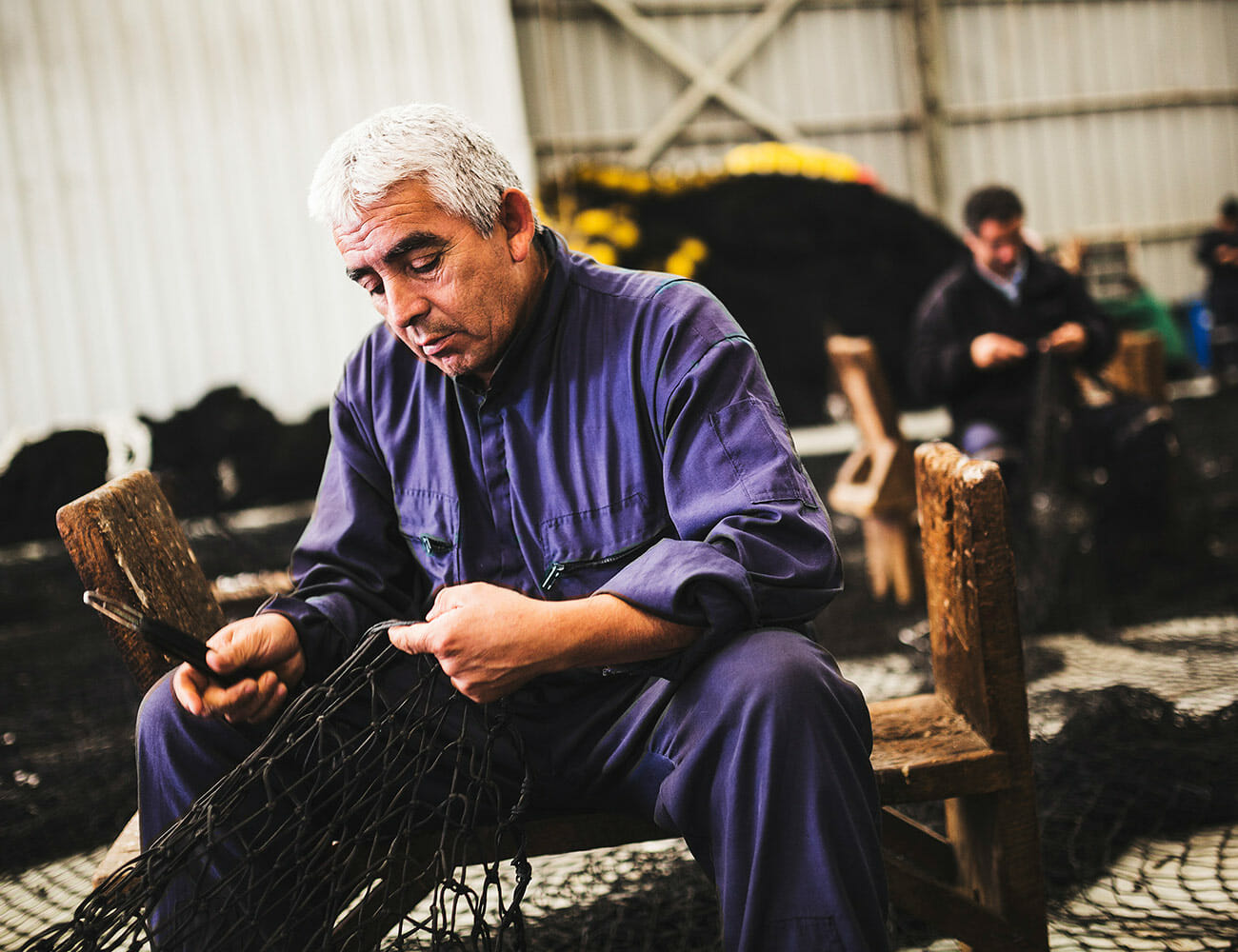
Stover, the CEO of Bureo, emphasizes that to have a significant impact, they were forced to think like a savvy business. “The challenge with all recycling is getting a consistent source material in an economically effective way. There are a lot of costs in the process – collection, transportation, cleaning – that force us to stay hyper-focused on a single product and attack the problem in ways we know we can scale.”
They ditched the idea of designing skateboards and admitted that they weren’t some hip new brand, they were in the recycling business.
Stover isn’t afraid to admit that the company has made some mistakes since its founding in 2013. The company does most of its net collection in Chile and for the team’s first few years had recycling points at a dozen or more small harbors along the Chilean coast. But local fishermen were still unfamiliar with recycling programs, and there wasn’t any incentive for them to opt-in; many found it easier to continue with their old ways of leaving nets behind at sea. The program struggled to take hold.
After two years with limited growth, Stover and company changed strategies. They halted marketing campaigns, ditched the idea of designing skateboards, and admitted that they weren’t some hip new brand, they were in the recycling business. They redirected their energy towards connecting with ports, fishermen and net manufacturers, and building relationships with each of them. Now, instead of managing collection points, Bureo pays fisheries to collect and transport nets for them, when they’re no longer fit for use.


Ben Kneppers credits this new strategy to the fishermen with which they work so closely. For example, Antonio Bustos, a fourth-generation fisherman in Cocholgüe, a small fishing village north of Concepción, taught the team about the history of nets in his community. Over the past 40 years, plastic has completely replaced natural fiber nets because it’s significantly lighter and cheaper. Nets lost their value as a product of painstaking craftsmanship, and with no education around plastic’s environmental impact, locals began discarding them after a few uses. Bustos knew that if there were a better alternative and more knowledge, this could quickly change.
Stover and Kneppers now spend half of their year in Chile, primarily at small fishing ports like Cocholgüe, Coronel, and Las Rojas. There, they work closely with fishermen like Antonio, who typically fish for anchovies and work on purse seine boats. Three years in, Bureo had built relationships in 10 communities. After six, it was 21. And this year they are on track to work with more than 50. Today, Bureo still does most of its collection work in Chile, but it has also expanded to Argentina and more recently, Peru. Soon the company will begin working in Uruguay too. Stover attributes all this growth to these one-on-one conversations with fishermen, ports, and net manufacturers. Through education, communities are buying into the idea.
But where do the nets come from, and how does Bureo transform them from ocean waste into a skateboard or a hat brim? In Chile, all of the fisheries buy from just a few net manufacturers that source nylon yarn from the same few companies in Asia. The supply chain is tight, with only a few players who all know each other exceptionally well — Bureo had to work to get inside the bubble. Once Stover and the team were able to build their network of connections thought, they were able to focus more on actual recycling.

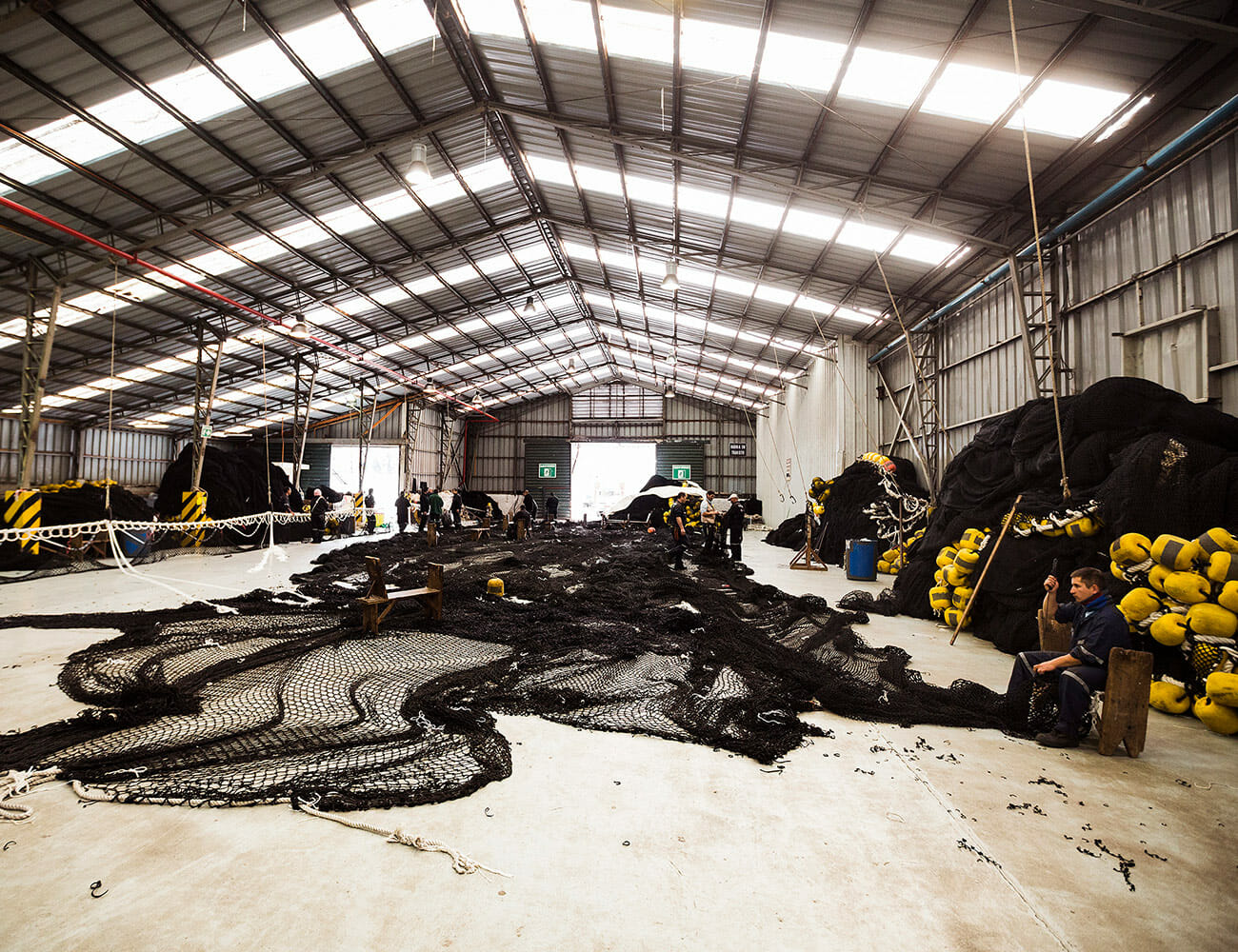
To create a high-quality product, Bureo has to ensure that the raw recycled material is exceptionally consistent. This is especially true for complex items like sporting goods and fabrics. Bureo has learned the only way to do this is to focus on nylon nets as its single material source. To get them, Bureo pays fishermen a small fee for their used nets and hires local companies to transport them to its recycling facilities. This allows the team to devote all of their energy towards managing their facilities, which clean and shred the nets into pellets, before shipping them to recycling factories.
If the system sounds like it runs smoothly, it doesn’t.
Something like five percent of the nets that arrive at a Bureo facility has to be cut out because it’s mixed plastic or steel, rocks, buoys, and other waste has found its way into the mix. To make it more challenging, some fisheries are worse than others at separating these things out before sending in their nets. The cleaning process is manual and labor-intensive — fishing nets range in sizes, from 100 by 40 feet to as much as five times larger — and Stover says it represents the most significant potential cost reduction in Bureo’s process.


After cleaning, workers spray the nets with a power washer and hang them to dry. In the rainy season, which runs from June to September, this can take a while. Once dry, they go into a traceability system, which details where the materials came from, providing transparency to buyers further up the supply chain. The plastic is then shredded with an industrial machine and shipped to factories across the world to be reused in new products.
If the system sounds like it runs smoothly, it doesn’t. The biggest bottleneck is building relationships and setting up warehouses for storing the processed nets. It’s a system that takes time to develop, as does finding good managers and maintaining a steady flow of material coming in. There are other challenges, too, as in Peru, where Bureo has been waiting for eight months for environmental permits. Once the infrastructure is in place though, Stover and his team are ready to reach full operation in just a few months.
In early 2020, Bureo will launch a series of hats with Patagonia that use 100% recycled fishing net plastic to make the brims. This new line will include 36 caps that use Bureo material for brims, ranging from casual trucker hats to more performance hats for hiking, surfing, and other sports. A single hat brim may not seem significant, but Patagonia’s scale is so massive — the project will use upwards of a million pounds of recycled nets — that Bureo is working to create higher quality pellets to meet its needs.
Other collaborations include a partnership with Trek to launch a new water bottle holder, Bureo’s first foray into the bike industry, another with Jenga (yes, the tower stacking game) as well as sunglasses brand Costa Del Mar. And while Bureo maintains in-house capabilities to create its own products, like its original skateboard, it’s committed to being a supplier of recycled plastic material for other companies to do that, for now.


“Our only focus is to scale the business on a tangible level and show a real impact. Three years ago, we made a shift, giving up the digital ads and marketing game, and putting a priority on the recycling program in Chile. This has allowed us to pay a living wage to our workers and improve the quality of our product,” says Stover.
Quality is essential, and creating things that people actually want to buy is important, but Bureo’s real mission is to keep what Stover describes as the most harmful form of plastic pollution, fishing nets, from ever entering the oceans. (His end-of-days attitude isn’t unfounded; some estimates posit that of all plastic waste in the seas, nets make up 10%.) And instead of blaming fishermen for discarding used nets, Bureo is reshaping the problem as a lack of education and infrastructure. Until now, fishermen had no real option than to dump them in the water. Now they can earn an income by taking them out.


